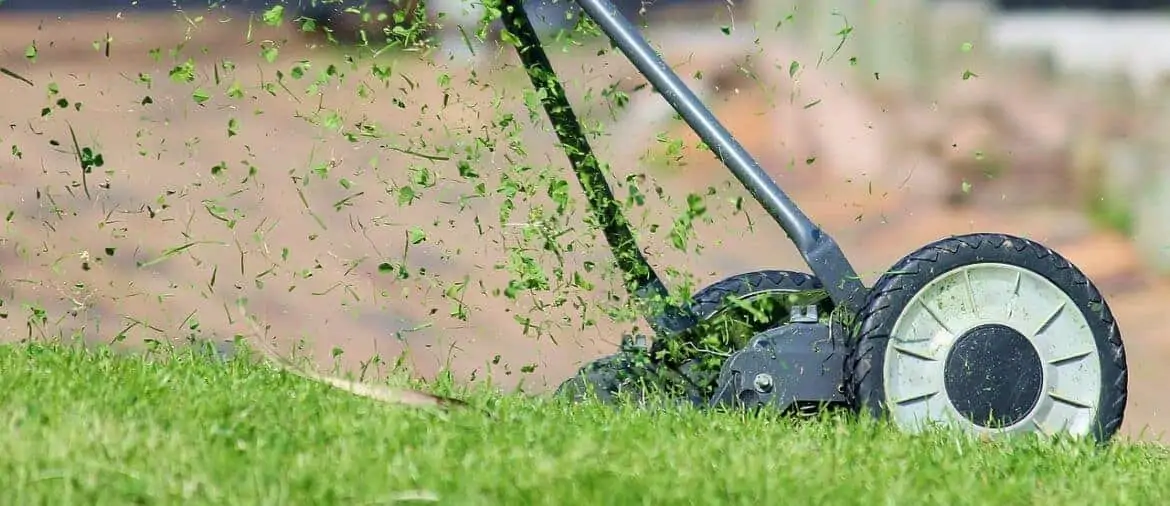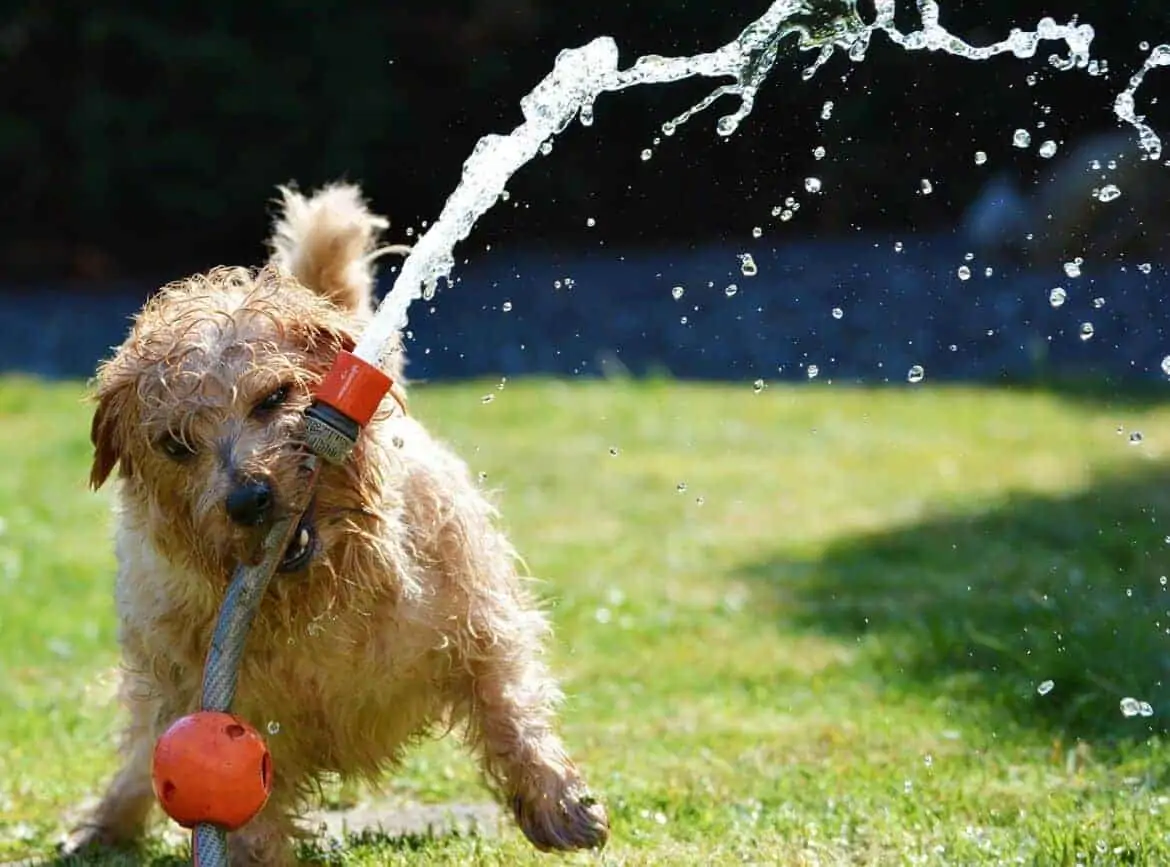While you’re off exploring new places this summer, your lawn is suffering in the heat and having no fun at all. Granted, you’d rather be relaxing on a beach or taking in the sights of another city, but grass is a living thing and needs tending. How’s that for a guilt trip! Proper summer lawn care isn’t as hard as it might seem. High temperatures and irregular watering and mowing are the primary culprits that lead to weeds, insects, disease, and overall fading color. Here’s the way to deal with it all:
Controlling Pesky Weeds and Pests
Insects and disease prey on heat-stressed lawns.
- In some regions, grubs are a problem, and they hatch over the summer, so consult with your local garden center to find out the best time to use grub control.
- Summer is the time for fungal diseases, so you may need to use a fungicide. Powdery mildew and brown patch disease thrive in extended periods of wet grass, so don’t water at night.
Summer is not the time for broad applications of herbicides that can stress the grass. Remove weeds like dandelions, clover, and chickweed by hand. For contained areas of weeds, you can spot-treat.
Mow for the Best Results
You might think you’re getting away with something by allowing the grass to get overgrown and then mowing it short so you have a longer time between mowings, but it’s not good for your lawn and can cause other problems.
Sharpen those mower blades. Sharp blades make clean cuts and don’t leave ragged edges that provide a way in for pests and disease. The general rule is that a blade stays sharp enough to do a good job through ten hours of mowing. Having a spare blade on hand saves you from stopping in the middle of the job if it looks as if it’s time to sharpen up.
Don’t cut too much. It’s time to mow when your lawn is at the tallest height recommended for the type of grass you have, which is generally between 2 to 4 inches. Then just remove the top third of the blades. Cutting the grass too short doesn’t leave enough nutrients in the leaf blades and it also exposes the soil to sunlight, not only making water evaporate more quickly, but letting weeds thrive as well.
Don’t be quick to clean up. The bonus to mowing the right way is that since you’re only cutting an inch or so each time, you can leave the clippings in place as compost and shade for the soil.
Let the Lawn Breathe a Little
Don’t scrunch it down for long periods of time with heavy toys, lounge chairs, hoses, and other things left around after you’ve finished using them. Take an extra couple of minutes to move those objects off the lawn or put them away.
Cut Down on Fertilizer
Over-fertilizing, especially during hot weather, can burn your lawn. Spring and fall are the times to fertilize a cool-season lawn, but warm-season turf does need extra nutrients during its summer growing season. Use the correct fertilizer for the type of grass you have, and don’t go wild with it.
Watering in the Heat
A lawn gets as thirsty as you do in the summer heat, but with water at a premium in some parts of the country, there are several ways to conserve while keeping your grass well-hydrated.
Water early in the day. Watering first thing in the morning gives time for the soil to soak it in before the midday sun evaporates it. If you’re not available to water in the morning, there are Gilmour water timers you can attach to your sprinklers that will turn your water on and off whenever you set them for. Make sure it is after the dew dries on the grass blades, though, because a continuously wet lawn can encourage fungal diseases.
Water down deep. If only the top layer of soil is moistened, it will dry out too quickly before the grass can benefit. Forcing the grass roots to search out the water below will also make them stronger.
Just water once or twice a week. You can limit the watering schedule as long as the lawn is getting enough water in total. An established lawn needs about an inch of water each week. Check how much your lawn is receiving by running a test with some empty tuna cans. Place them around the lawn and see how much water they get in a week’s time.
Do the screwdriver test. If you can easily poke a screwdriver into the ground, your lawn is getting enough water.
Sit Back and Wait
If you’ve got cool-season grass, it will go dormant in mid-summer heat and dryness. Don’t force it to revive itself. The lawn will come back on its own once the weather cools. Most turf grass can survive three to four weeks of dormancy without dying. Be kind, though, and don’t mow or allow hard play or too much foot traffic on it. When the heat subsides, deep watering will encourage root growth.
For more information on keeping your lawn healthy this summer, check out The Lawn Institute.
This is a guest post.

